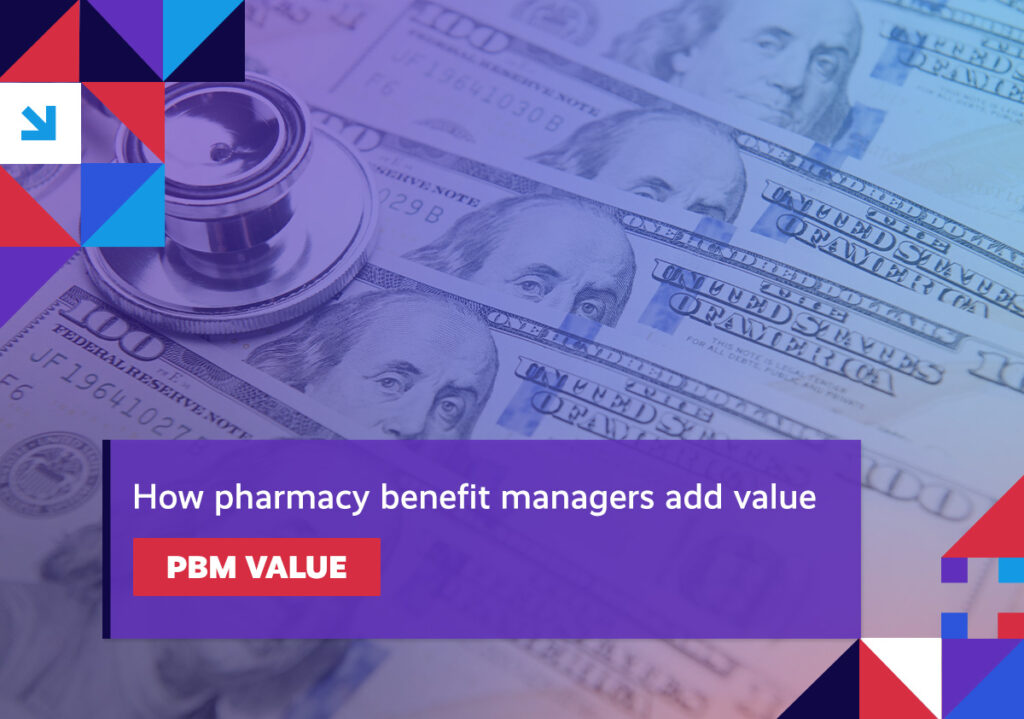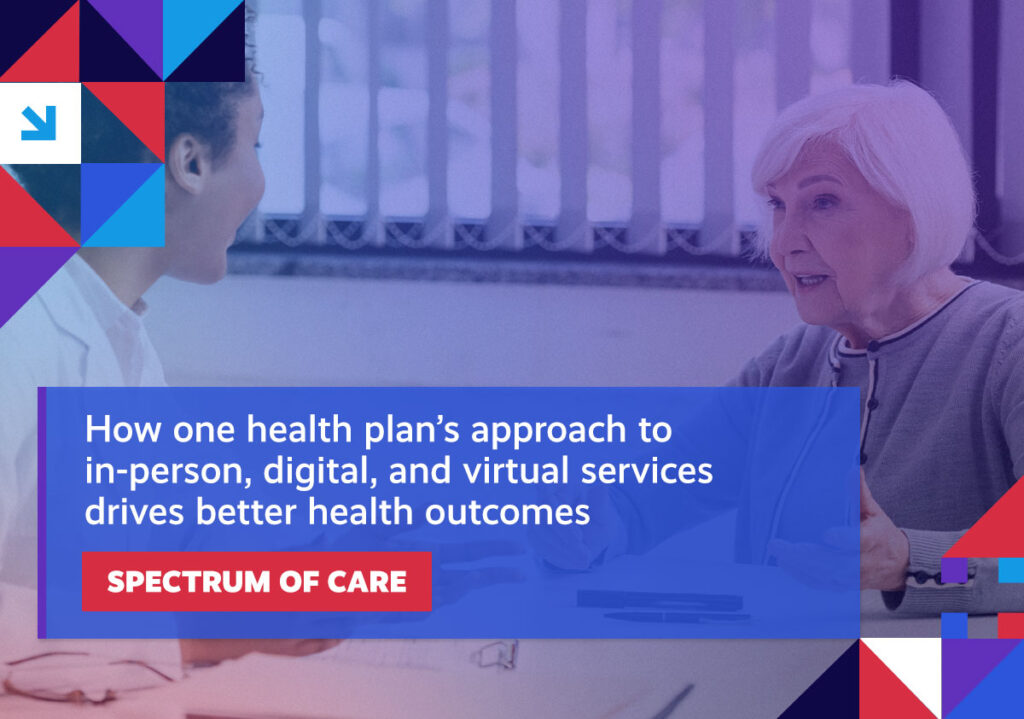A quick roundup of the issues driving the healthcare reform conversation.

Week in Review
MA SUPPORT Stakeholders rush to the defense of Medicare Advantage.
Quick takeaway: A diverse group of provider and patient advocacy groups from across the country urge the Administration to protect the Medicare Advantage (MA) program.
Digging deeper: More than 90 MA stakeholders representing community-based organizations, physician groups, and beneficiary advocates at the national and state level sent a letter to the Centers for Medicare & Medicaid Services (CMS) last week calling on the agency to promote stability in the program, which now serves more than half of all Medicare-eligible seniors in the country.
Specifically, the letter urges CMS to fully account for beneficiaries’ rising health needs – and, the associated costs – before finalizing proposed changes to how MA is funded and administered.
What it means: The urgent appeal from these organizations builds on similar support from a bipartisan group of more than 60 U.S. Senators who also reached out to CMS on behalf of the 33 million American seniors enrolled in MA plans.
HOSPITAL CHARGES Trauma centers charge patients more for non-trauma care.
Quick takeaway: Hospitals designated as trauma centers charged higher prices for non-trauma patient admissions and emergency department (ED) visits than non-trauma center hospitals.
Digging deeper: Hospital prices have become the single largest driver of healthcare spending. This is often a reflection of the component makeup of the hospital market, which a new study brings into sharp relief.
According to research published in Health Affairs, prices for non-trauma inpatient admissions were 4.4 percent higher at hospitals with trauma center designations compared to non-trauma center hospitals, while prices for non-trauma ED visits were 5.2 percent higher in trauma center hospitals compared to non-trauma center hospitals.
What it means: Trauma centers are highly regulated and endowed by regulators with monopolistic control over their service areas. In most states, regulations encourage the entry of new trauma centers into markets that don’t have any, while restricting new entry into areas that do.
This, in turn, creates local monopolies for hospitals bearing the trauma center designation allowing them to exploit their market power over trauma services to raise prices for non-trauma services.
MEDICAID & SDoH Medicaid establishes itself as a critical component in addressing social drivers of health.
Quick takeaway: The coronavirus pandemic exposed critical health disparities, shining a light on the impact of underlying social determinants of health (SDoH) on overall health and well-being.
Digging deeper: On this side of the public health crisis, our approach to SDoH continues to reshape our thinking around access and how we better ensure previously underserved populations are able to get the care they need.
This has increasingly found traction in the Medicaid space, with managed care organizations (MCOs) operationalizing programmatic changes to support this approach, as detailed in a new analysis.
What it means: What researchers found is that heightened awareness of SDoH has led to a surge in identifying health-related social needs (HRSN), but limited options to address them.
However, through interviews with MCOs, researchers were able to identify a handful of opportunities to facilitate an institutional approach to HRSN. For example:
- Fostering a culture of accountability and innovation
- Encouraging partnerships with community-based organizations
- Expanding payment approaches to include SDoH
Rx AFFORDABILITY Experts offer up policy solutions to enhance prescription drug affordability.
Quick takeaway: As consumers continue to struggle under the weight of out-of-control drug prices, stakeholders focus on ways policymakers could actually help, rather than be led astray by the pharmaceutical industry’s finger-pointing.
Digging deeper: Drugmakers have managed to hijack the conversation surrounding high drug prices, successfully blaming others along the supply chain for why prices keep going up. But, for there to be meaningful movement in a better direction, it’s important that legislative and regulatory energies are correctly focused.
In particular, the continued attacks levied against pharmacy benefit managers (PBMs) seems to have successfully redirected the narrative, despite the fact the PBMs actually generate $145 billion in savings annually.
In mapping out a vision for an “Affordable Future,” 3 key areas were identified by stakeholders:
- Ensuring system sustainability by promoting competition
- Supporting and equipping clinicians with tools and data to optimally serve patients
- Enhancing patient outcomes and improving the patient experience
What it means: Left unsaid is a reminder of who really bears responsibility for the unsustainable trajectory of drug prices.
Spotlight

| You can keep up with the latest by following the Health Action Network on X and by liking us on Facebook. And, be sure to check us out on LinkedIn, too. As always, let us know if there’s something you’d like to see covered in a future newsletter. |
The Health Action Network includes everyday Americans—families, workers, businesses, patients, providers, neighbors, and friends. We are working together because we support market-based solutions that offer better healthcare choices and help build a stronger economy. The Health Action Network is an Elevance Health, Inc., initiative.
